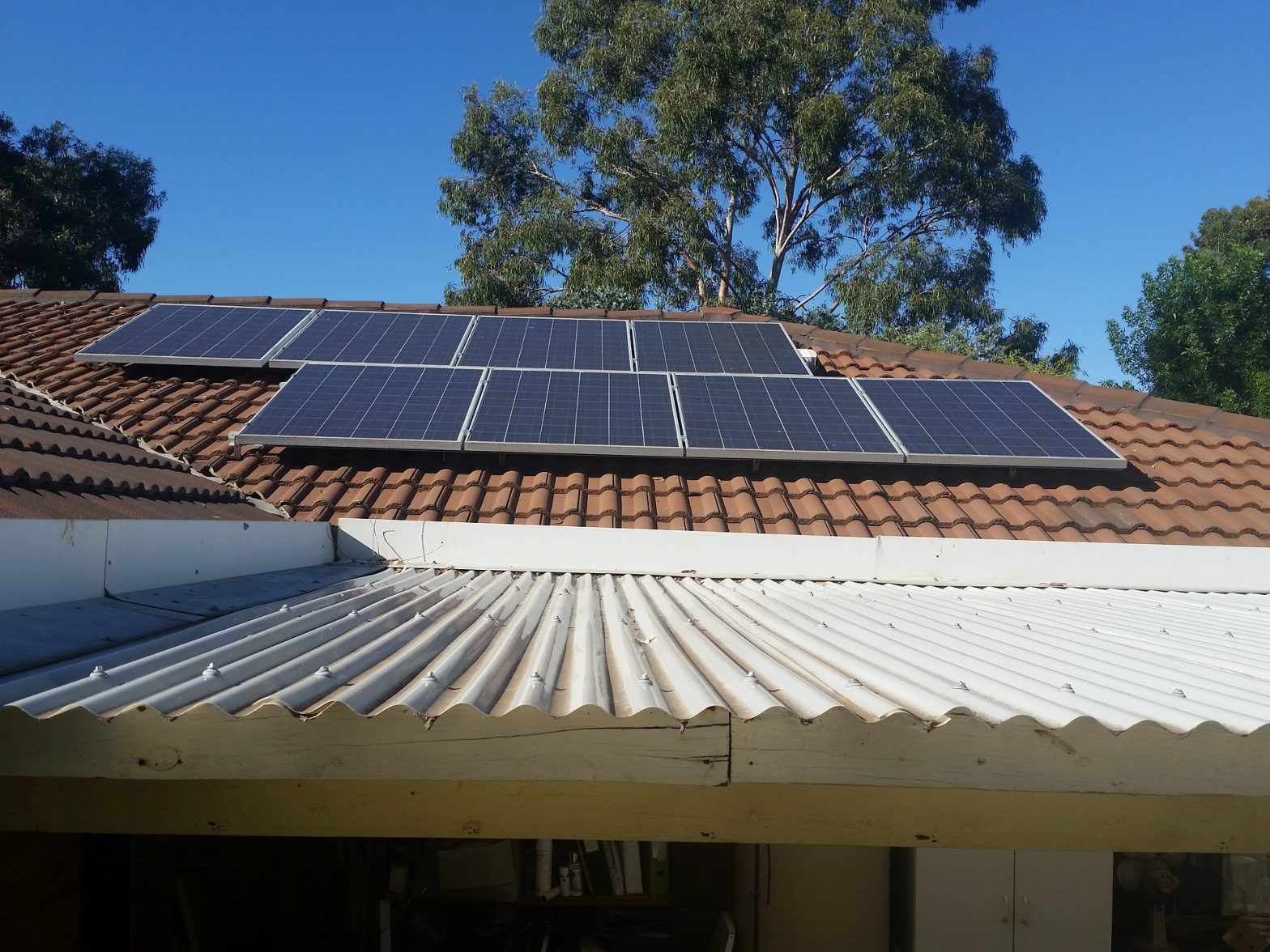Since solar panels have become commonplace in a number of environmentally friendly areas, they lead the advocacy for renewable energy use. Using solar power turns out to be more versatile than most of us expected in the past.
In fact, by harnessing the sun’s energy, you can use this energy to power your house or workplace, therefore significantly cutting down on your expenditures.
While learning about the benefits of solar energy is brilliant in and of itself, harnessing it is a whole new level of challenge. In this overview, learn about a few things you need to consider before having solar panels installed on your roof.
Solar Panel Sizing
Most solar panels are huge. That said, people may also find that while they are generally a worthwhile investment, they will take up a lot of room on top of your roofing – and time for the installation as well.
Solar panels typically have a wattage of 350, with each of these panels being 5’5” in length and 3 ft. in width. This equals 16 ½ sq. ft. in total
This is the optimal size to prepare for, as the majority of solar panels on companies or residences range between 250 and 360 watts. That being said, you should place this size near the upper end of the range in order to stay on top of your estimates.
With most kinds of solar panel setups, one is not enough. In fact, you may need to have an entire array installed in order to create a visible impact on your energy consumption and sustainable way of life. This also means that for this venture, you need to provide enough space or area to accommodate 6-8 panels at least, measuring 16 ½ sq. ft. in total.
Harnessing Capacity
If you’re looking at more typical solar panels, they’re almost certainly 350 watts. That indicates the number of electricity watts you are receiving but does not provide any other information. However, another indicator of power and capacity is the location of your property.
There are several factors influencing the amount of electricity your area can provide, such as your local climate and property lot position. A great way to conserve energy in the summer is to avoid air conditioning if you live in an area where the sun shines often. Of course, it is required that the solar panels get direct sunlight in order to function.
In certain places of the Earth, sunlight exposure appears sparse, so there are certain areas that will never be fully explored. These happen for the most part because of earth movement and for the most part, owing to time zones. While there is a lack of energy to harvest if the sun is not out long enough, there is electricity to be had anyway.
The variables that go into producing power include parameters such as the size of your solar panels, as well as other considerations such as the climate where you live. It is also important to calculate the quantity of energy that you use annually when making calculations for your system size.
Climate is another significant factor to consider. If you reside in a city like Seattle, where the predominant climate is wet and gloomy, you will not be able to harvest enough sunshine to produce enough amounts of energy. It could be better in a region with more hot desert-like weather because you’ll have enough solar power.
Space Required
Every home or structure is distinct. Every building has its own specific roof that is formed differently. Thus, it is difficult to put together a fundamental guideline that everyone can follow to address the proper amount of space.
Fortunately, there are minimal requirements per square feet of space you need to provide in order to store a specific number of solar panels.
While there are many additional reasons why you should avoid edge-to-edge roof placement, many others believe that it is still possible. It’s similar to any kind of appliance, where there are cables and bits that are all related.
In order for these wires and other items to be avoided being squashed, there must be enough open space available for them. Future-proofing a purchase means that there will be space in the future for any additional items that you purchase. These can include things like customized cords, storage facilities, and so forth.
That said, when fitting 6 panels into your roof, you need to allocate around 100 sq. ft of space at the minimum. Anything larger than this is fine and even better. As the number of panels increases, the area required will incrementally and proportionately increase as well.




Average Rating